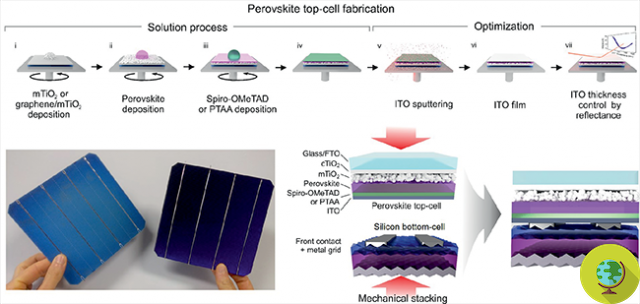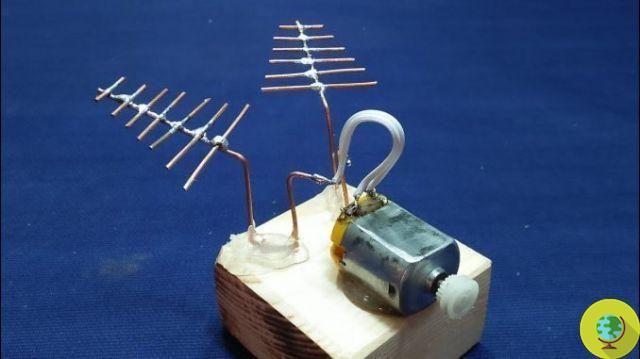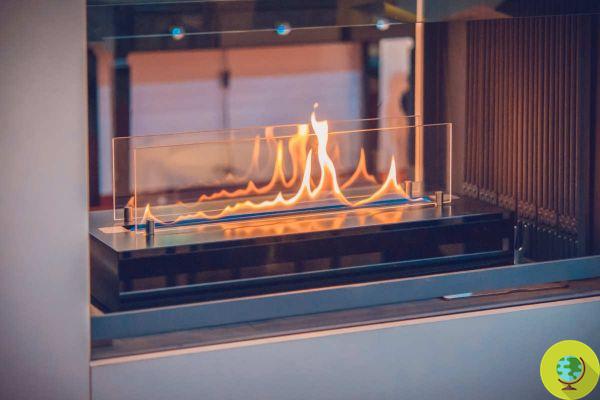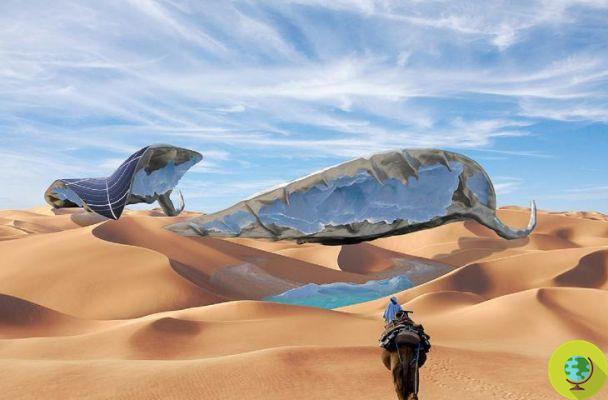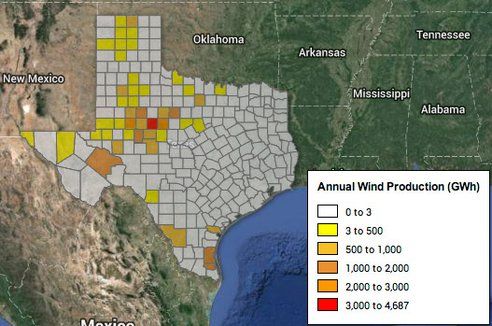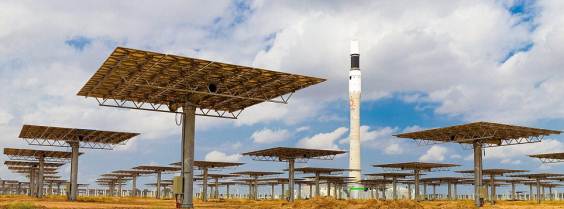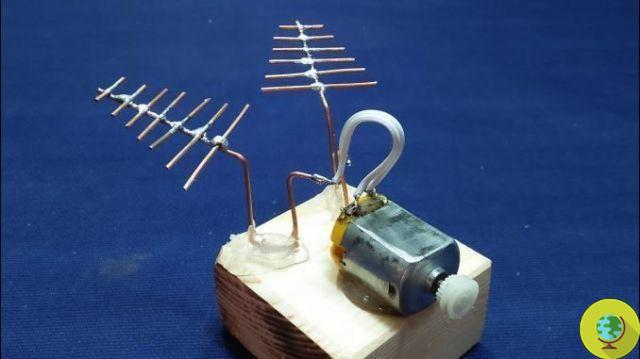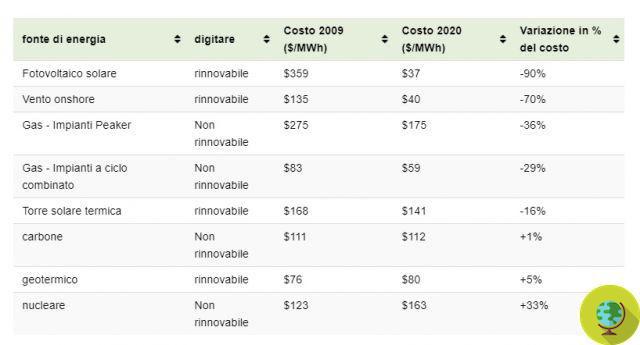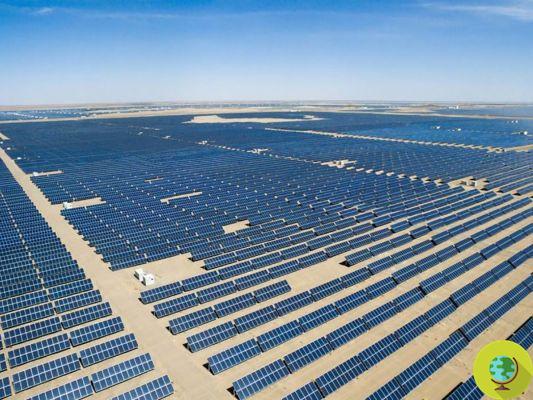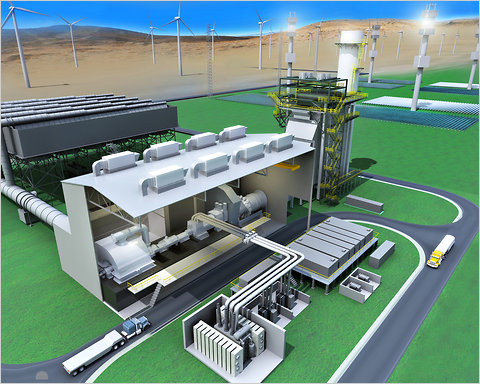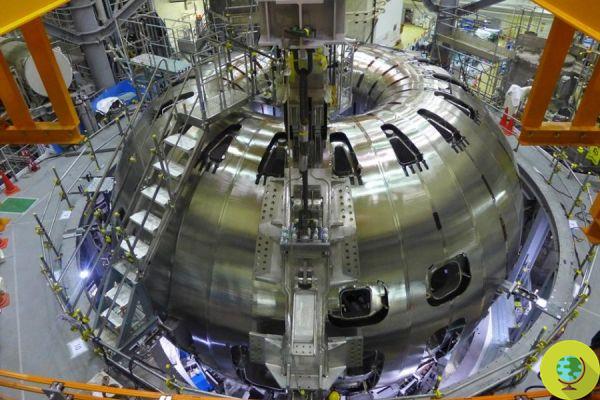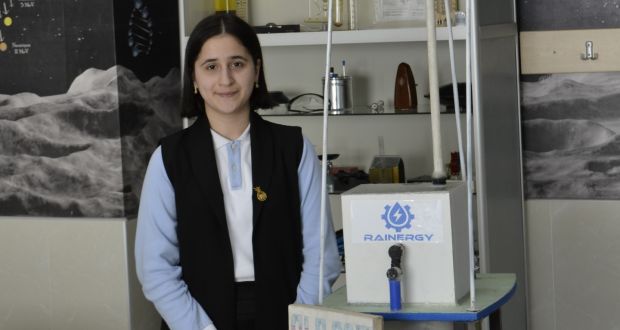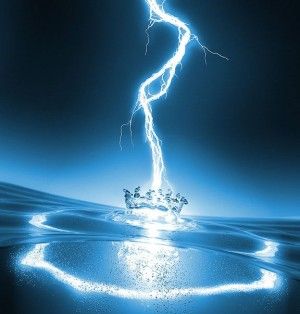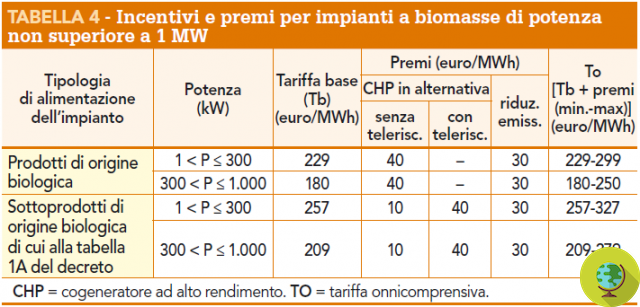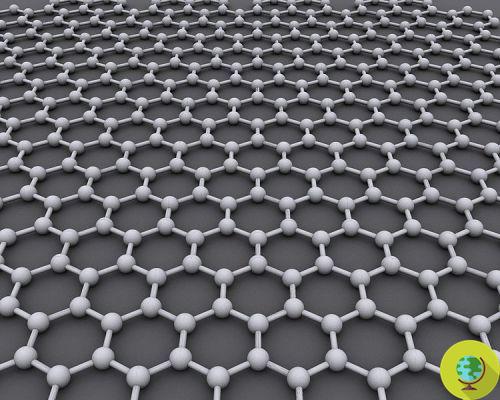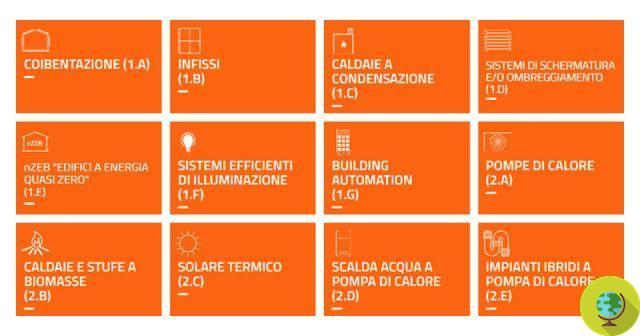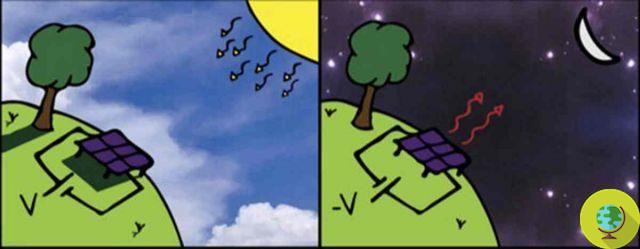What would happen if we turned the Sahara desert into a giant solar park?
He is about to end up run over, his mother saves himWhat would happen if we turned the Sahara desert into a giant solar park? This was asked by Amin Al-Habaibeh, an engineering professor at Nottingham Trent University. In his opinion, exploiting the sun of the Sahara would make it possible to satisfy more than 7 times the electricity needs of Europe.
Stunning numbers. If the desert were a country, it would be the fifth largest in the world: it is larger than Brazil and slightly smaller than China and the United States.
Each square meter receives on average between 2.000 and 3.000 kilowatt hours of solar energy per year. Since it covers an area of about 9 million sq km, the total energy available, if every centimeter of the desert absorbed every “drop” of solar energy, would be greater than 22 billion gigawatt hours (GWh) per year.
Based onanalysis at Al-Habaibeh, these are figures that must in any case be contextualized. Assuming that a solar park could cover the entire desert, it would be able to produce 2.000 times more energy than all the largest power plants in the world, which generate just 100.000 GWh per year.
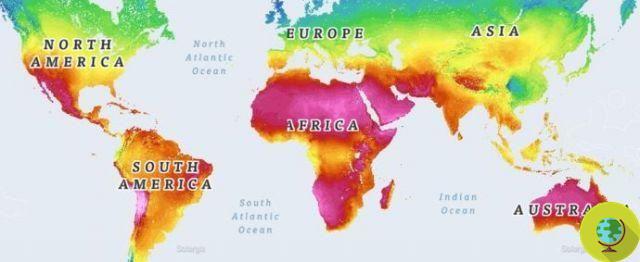
Its production would amount to beyond 36 billion barrels of oil per day, about five barrels per person per day. And practically everything without producing carbon emissions.
Furthermore, the Sahara is close to Europe. The shortest distance between North Africa and the Old Continent is just 15km in the Strait of Gibraltar. But even much higher distances such as those of the entire Mediterranean would be manageable. Suffice it to say that the longest submarine power cable in the world measures around 600 km and is located between Norway and the Netherlands.
Over the past decade, scientists have been analyzing how solar in the desert could meet growing local energy demand and ultimately power Europe as well, and how that could work in practice.
These academic insights have been translated into serious plans. The most concrete attempt was that of Desertec, a project announced in 2009 that quickly acquired a lot of funding from various banks and energy companies. However, it was a pity that it was never translated into reality as most of the investors withdrew five years later, due to the alleged high costs.
According to the analysis of prof. In fact, Al-Habaibeh these projects have been held back by a variety of political, commercial and social factors, including the lack of rapid development in the region.
Among the most recent proposals are the TuNur project in Tunisia, which aims to feed more than 2 million European homes, or the Noor Complex Solar Power Plant in Morocco, which is also geared towards exporting energy to Europe.
Technologies: concentrated solar power and photovoltaics
There are currently two technologies available to generate electricity from the sun in this context: concentrated solar power (CSP) and classic photovoltaic panels, each with pros and cons.
Concentrating solar uses lenses or mirrors to focus the sun's energy on one spot, which becomes incredibly hot. This heat then generates electricity through traditional steam turbines. Some systems use molten salt to store energy, allowing electricity to be produced even at night.
CSP seems more suited to the Sahara due to direct sun, lack of clouds and high temperatures which make it more efficient. However, lenses and mirrors could be covered and soiled by sandstorms, while turbine and steam heating systems remain complex technologies. The most important disadvantage is the lack of large water resources in the Sahara.
As for photovoltaics, as we know the panels convert the sun's energy directly into electricity using semiconductors. It is the most common type of solar power generation as it can be connected to the grid or deployed for small-scale use on individual buildings. Furthermore, it provides a quite satisfactory result even in the presence of clouds.
In this case, one of the disadvantages is that when the panels get too hot their efficiency decreases. Not exactly the best in a part of the world where summer temperatures can easily exceed 45 ° C in the shade. Also, as in the case of concentrated solar power, sandstorms could cover the panels, reducing their efficiency.
Researchers agree in suggesting that integrate the two main technologies to develop a hybrid system. In fact, only a small part of the Sahara could produce as much energy as the entire African continent at the moment. Furthermore, as technologies improve, such systems are bound to become cheaper and more efficient.
Another advantage is related to the fact that the Sahara is an inhospitable place for most plants and animals, thus minimizing the impact of energy production but making enormous quantities of energy available for both North Africa and Europe.
And all only thanks to the unlimited and free sunlight.
READ also:
- It rains more and more often in the Sahara: solar and wind farms are changing the climate
- Sahara Solar Breeder Project: solar energy from the desert to save the planet
Francesca Mancuso




